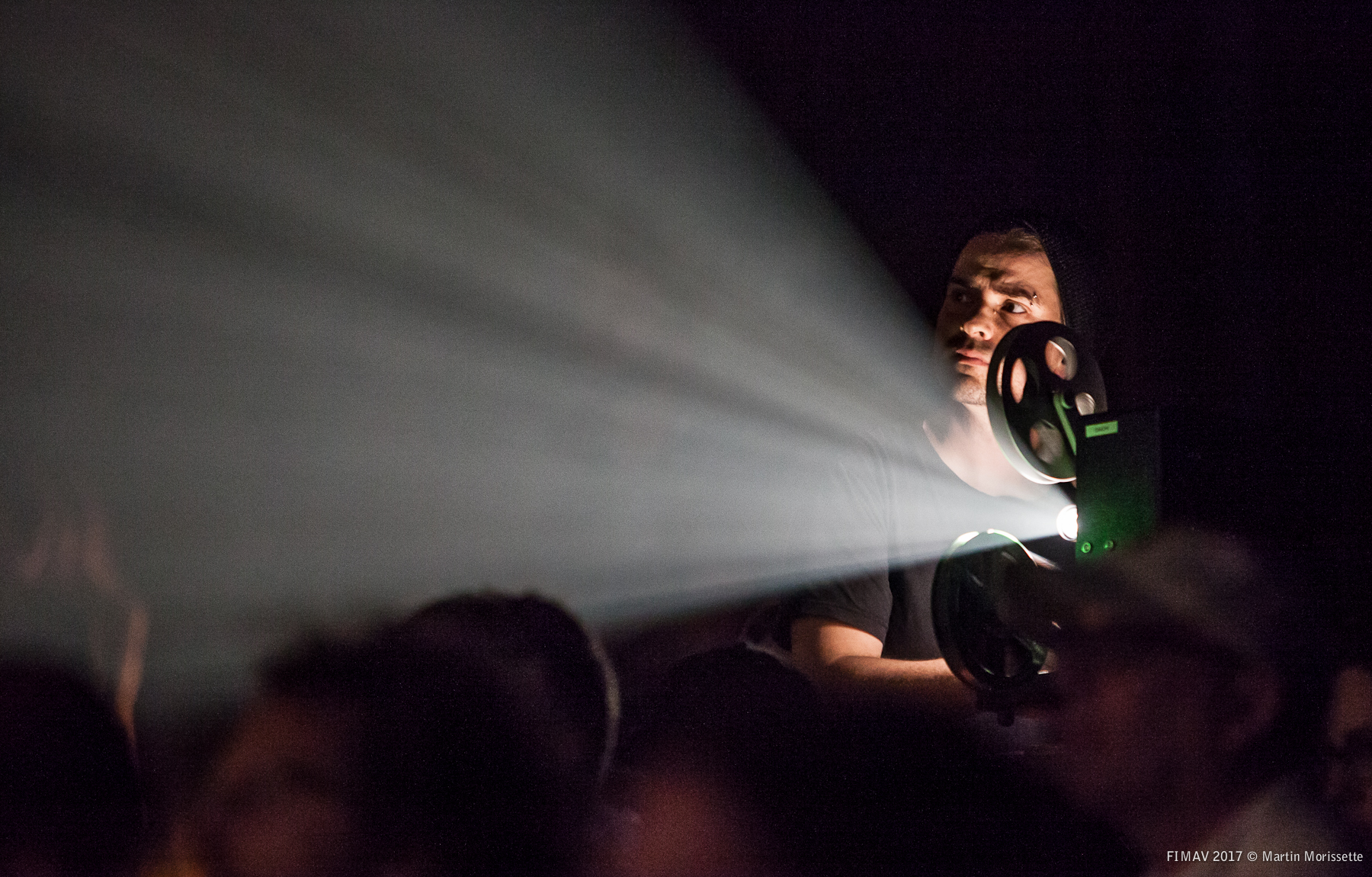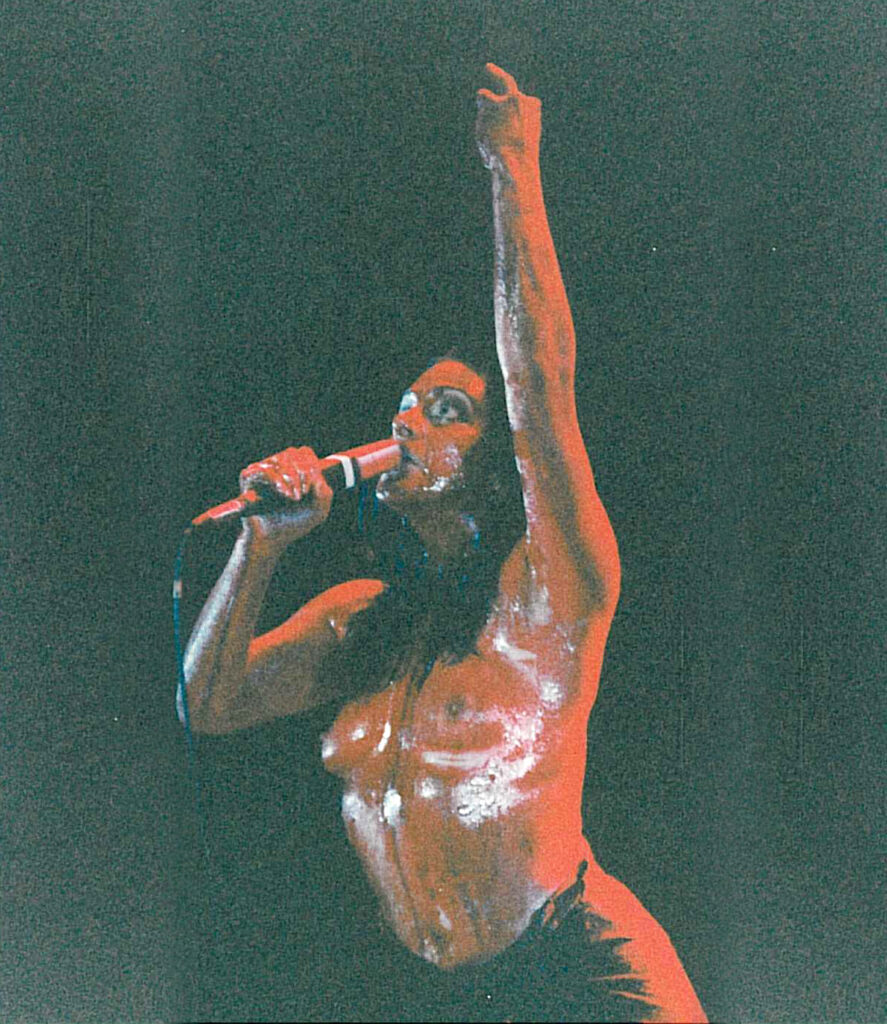History of Musique actuelle
Musique actuelle is characterised by its hybrid character and innovative approach to musical material. It is not limited to a specific genre, but instead represents an artistic ethic based on exploration, experimentation, and the interrogation of conventions. Often based on the premise of research into the possibilities of sound, its musical forms favour creative approaches to composition and improvisation, the synthesis of genres, and a participatory approach in which the audience’s active listening is key to the performance. Work in this field creates new relationships between composition, interpretation, and the perception of musical experiences.
The history of musique actuelle in Quebec is distinguished by the emergence of experimental musical practices that have found national and international recognition through emblematic events, notably the Festival International de Musique Actuelle de Victoriaville (FIMAV), one of the major events of its kind in North America. Since 1983, the festival has played, and continues to play, a central role in the development and dissemination of musique actuelle, an artistic approach that combines diverse influences from jazz, electronic music, contemporary music, folk, and traditional music, as well as sound-art.
(Text continues below)
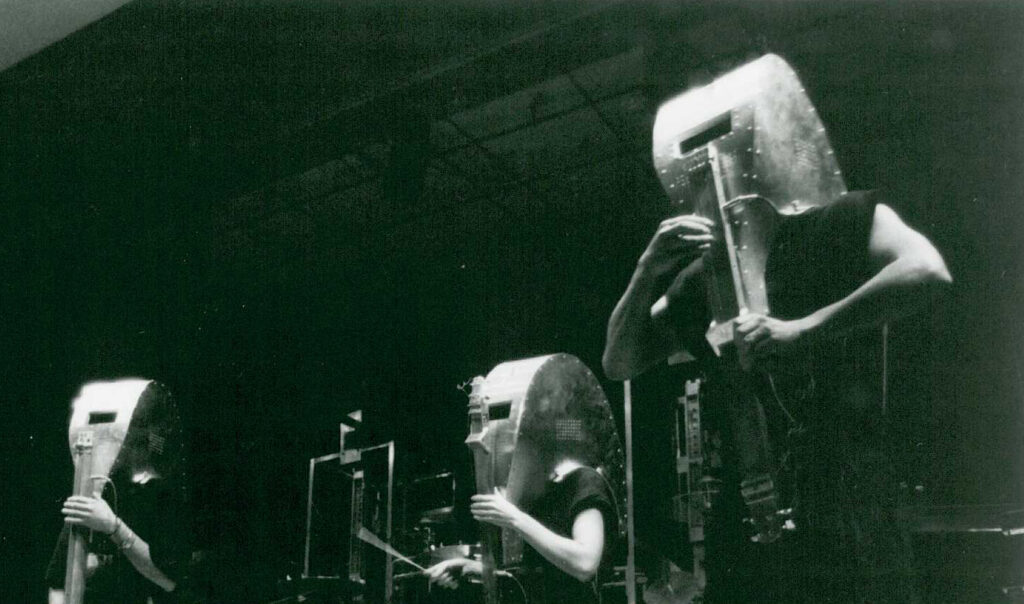
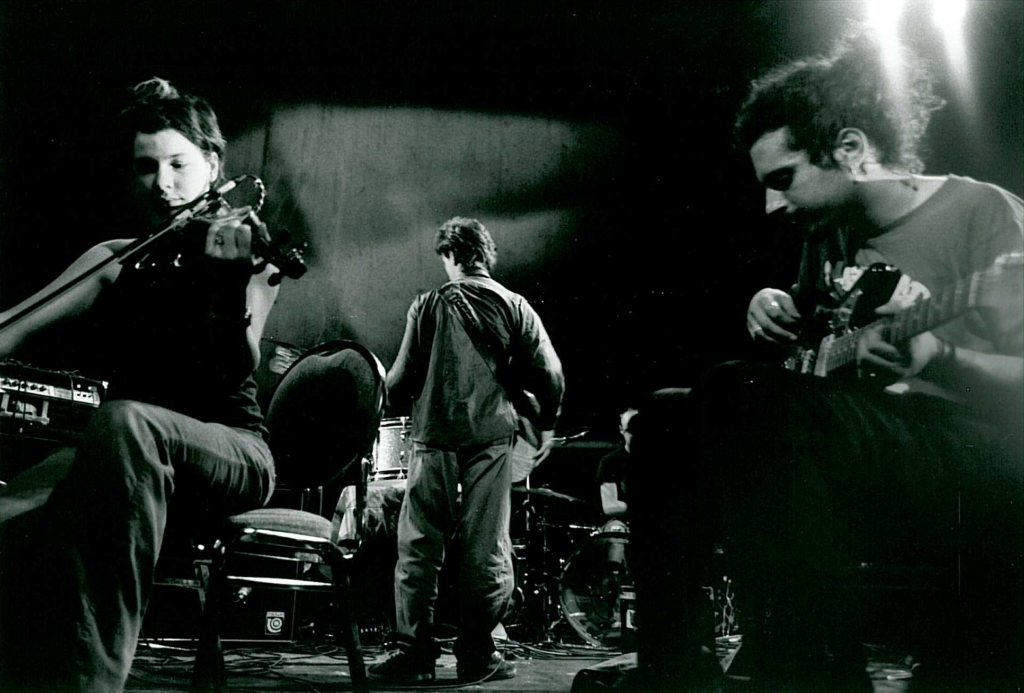
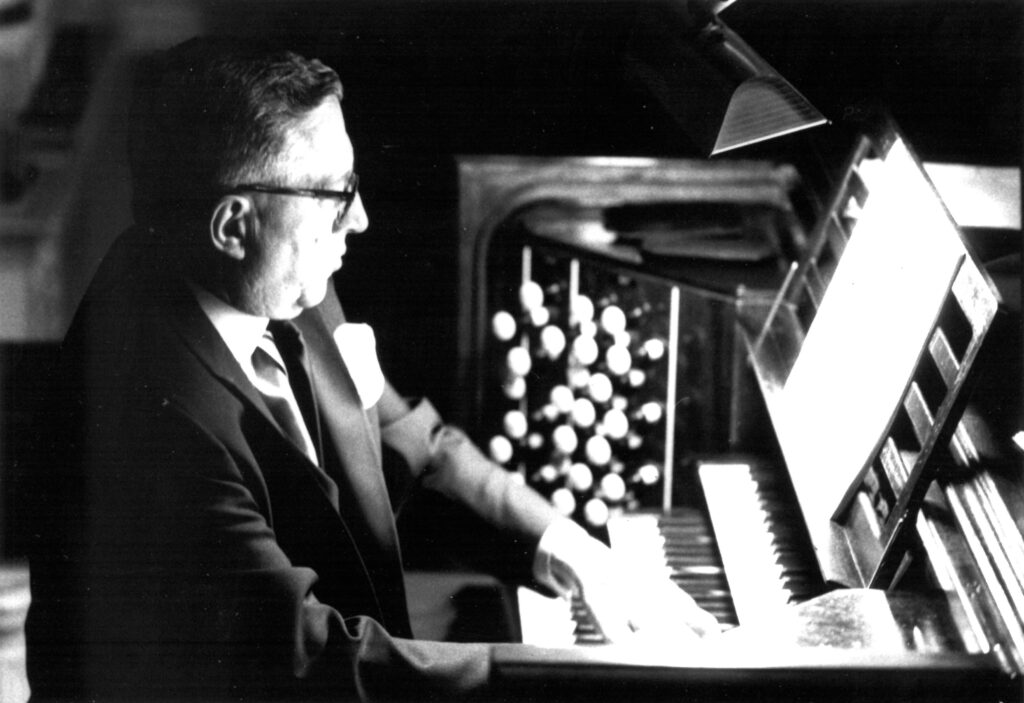
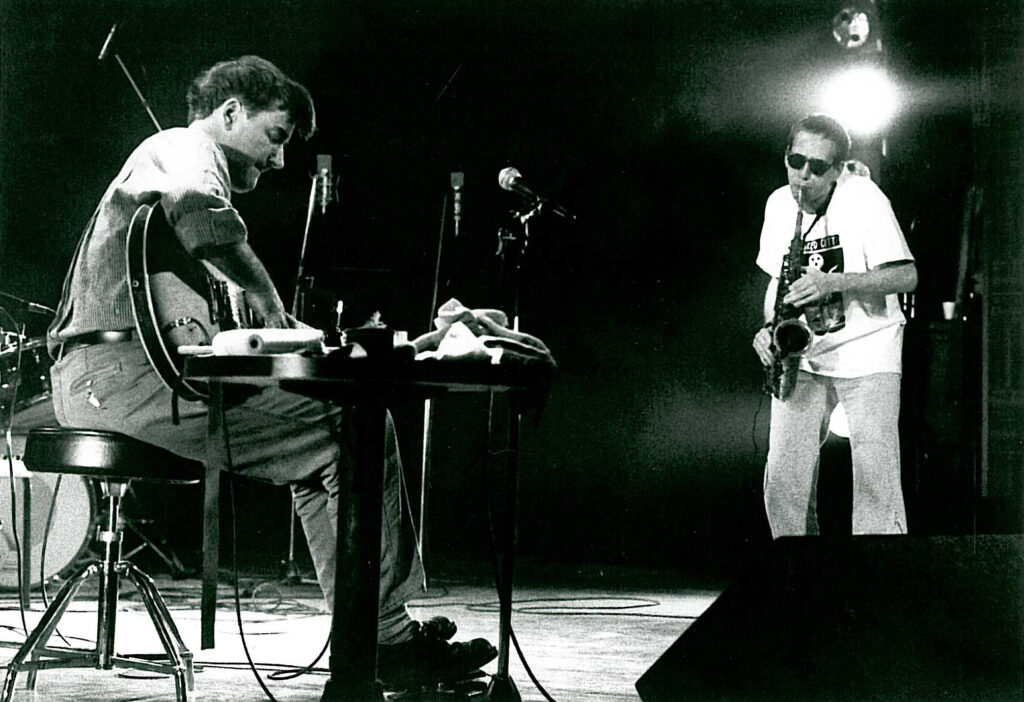
The term ‘musique actuelle’ was popularised in Quebec in the 1980s, thanks to the work of musicians such as René Lussier and Jean Derome, and the support of structures such as the record label, Ambiances Magnétiques, and the producing company, Productions SuperMusique, which contributed to the development of the milieu. The origins of musique actuelle go back to 1961, however, when composer Pierre Mercure organised the Semaine internationale de musique actuelle in Montreal, a landmark event that introduced avant-garde works and experimental performances to a wide audience. This encounter between different forms of artistic expression (music, dance, experimental cinema) was a real catalyst for the Quebec music scene, laying the foundations for a new musical models that broke with traditional forms.
Festivals like FIMAV have consolidated this momentum. The Festival International de Musique Actuelle de Victoriaville not only have attracted major artists from the international scene, such as John Zorn, Thurston Moore and Godspeed You! Black Emperor, but it has also assembled programming from a wide range of creative approaches, from free jazz to experimental electronic music, all in a unique setting. This festival, featuring programming that prizes collaboration between artists and sound exploration, is also characterised by a convivial atmosphere, programming around twenty concerts per edition, without simultaneous performances, thus creating a space for encounters and dialogue between musicians and audiences.
Quebec’s field of musique actuelle stands out for its diversity, openness to innovation and unifying role, making it a globally recognised phenomenon. Quebec’s field of musique actuelle stands out for its diversity, openness to innovation and unifying role, making it a globally recognised phenomenon.
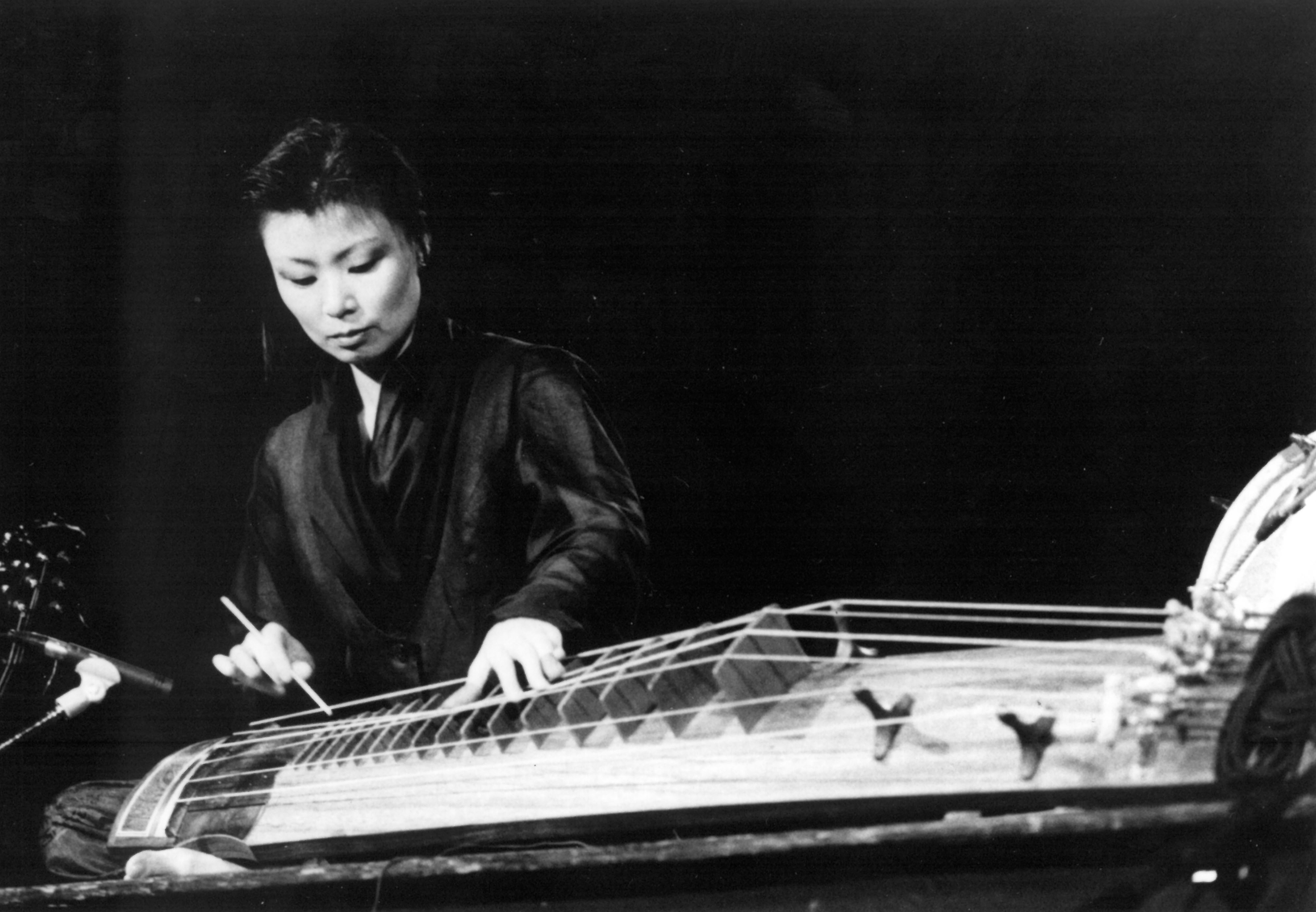
CONCERTS

SOUND ART INSTALLATIONS
